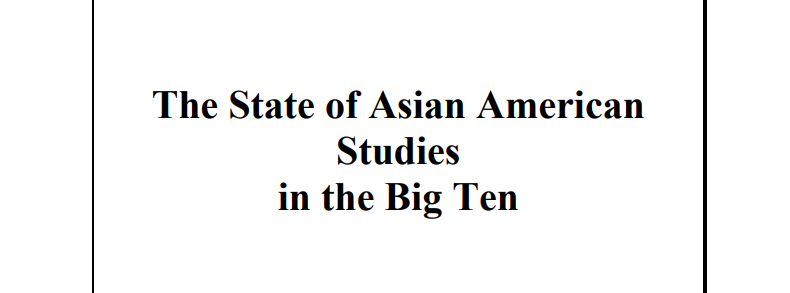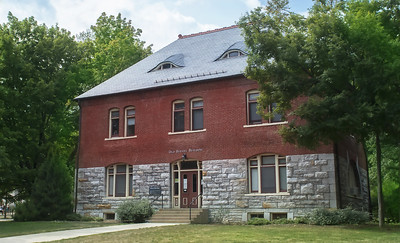November 2000—Inaugural Committee on Institutional Cooperation Conference on Asian American Studies
Thirteen universities convene at the first conference focused on the state of Asian American Studies in the Midwest. Asian American Studies scholars form The Committee on Institutional Cooperation (CIC) consortium to promote collaboration among Asian American Studies programs and increase its visibility of research and teaching at Midwestern universities. Since that first conference, Midwest programs—like IUB’s Asian American Studies Program—have relied on the CIC over the years to share teaching and research resources, navigate common organizational challenges, and receive mentorship on how to grow their programs.(11)
As of 2020, most CIC member institutions have Asian American Studies programs. University of Iowa and University of Chicago do not, but both universities provide Asian American resources to its students in varying forms. In 1996, University of Chicago founds the Center for the Study of Race, Politics, and Culture, which offers Asian American Studies classes under its Critical Race and Ethnic Studies undergraduate program. The University of Iowa inaugurates the Asian Pacific American Cultural Center in 2003 to provide to Asian, Asian American, and Pacific Islander-themed programming, fellowship, and community building.(12)




